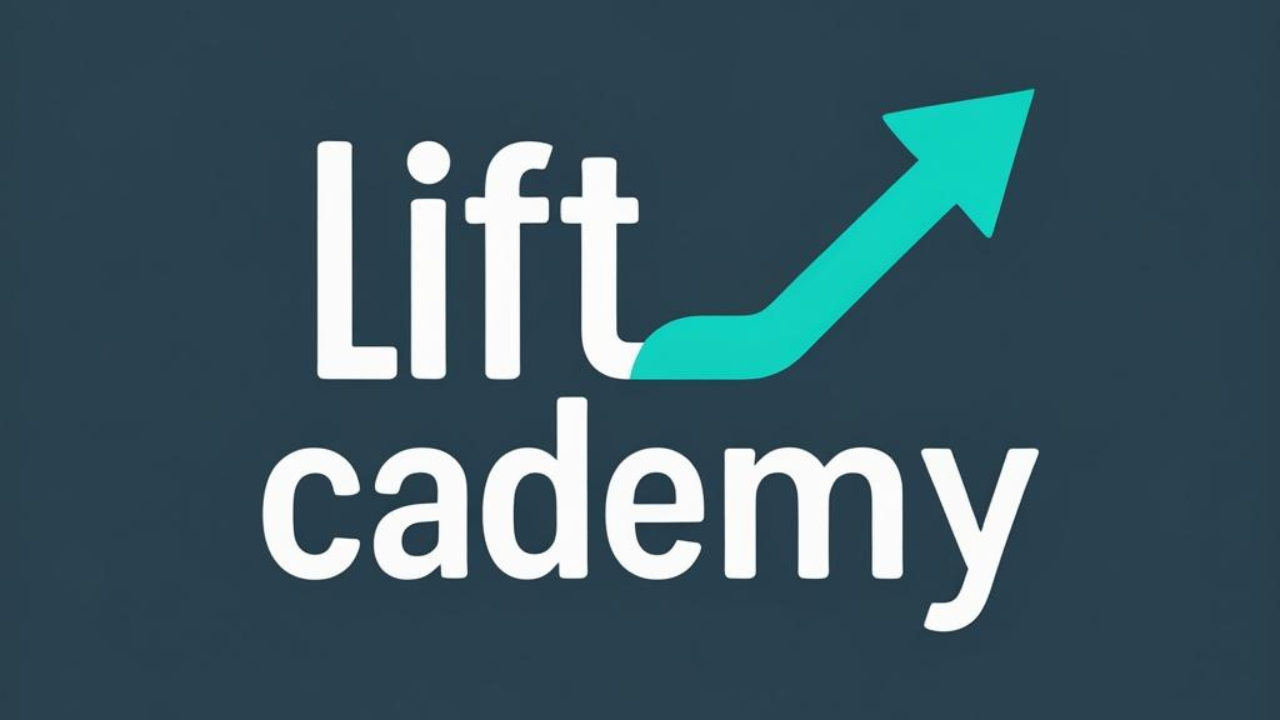Hi doctor,
In this module, we’re going to talk about a more advanced but highly effective application of botulinum toxin — treating lower face wrinkles with Botox.
Now, we’re not just talking about lines on the forehead or crow’s feet. The lower face is dynamic, complex, and highly expressive — which means treatments need to be precise, controlled, and conservative.
If you’ve mastered the upper face, this is the next step in building your aesthetic skill set. Let’s break down how I approach the lower face — from anatomy and dosing to technique and patient education.
🧠 Why the Lower Face Is Different
Unlike the upper face, where muscles mostly pull upward, the lower face has muscles that pull downward, inward, and compress.
Botox here is not just about relaxing wrinkles — it’s about:
- Rebalancing muscle tension
- Softening harsh or aged expressions
- Creating a more lifted, harmonious appearance
- Treating signs of aging without adding volume
But because the lower face is involved in speaking, eating, smiling, and emotional expression, we have to be incredibly careful.
🎯 Common Lower Face Areas I Treat with Botox
Let me share the key zones I target most often:
- DAO (Depressor Anguli Oris): These muscles pull the corners of the mouth downward, causing a “sad” or tired look. Botox here helps lift the mouth corners subtly.
- Mentalis: This muscle controls the chin area. Overactivity can cause chin dimpling or a “cobblestone” texture. Botox smooths this out.
- Platysmal bands (lower jaw/neck): These vertical bands become more visible with age. Botox relaxes them to soften the neck and jawline contour.
- Orbicularis oris (perioral lines): Think of “smoker’s lines” or vertical lip lines. A tiny dose of Botox can smooth this area without affecting lip movement — if done correctly.
Each of these zones requires low dosing and detailed anatomical understanding. We’re not trying to freeze — we’re trying to refine and rebalance.
✅ Who Is a Good Candidate?
Botox for lower face wrinkles is great for patients who:
- Have early signs of aging in the lower face
- Complain of a downturned mouth, puckered chin, or tight jawline
- Want a natural softening of lines and harsh expressions
- Already had upper face Botox and want a more complete result
- Prefer subtle corrections over dermal filler
I always emphasize that lower face Botox isn’t meant to eliminate wrinkles completely — it’s meant to create a softer, more relaxed appearance.
💉 My Approach and Injection Strategy
This is where precision really matters.
DAO (Corners of Mouth)
- I inject just lateral to the oral commissure, about 1 cm down
- Depth is subcutaneous, using 2–3 units per side
- Purpose: to reduce downward pull and balance the smile
Mentalis (Chin)
- One point in the central chin, injecting deep into the muscle
- Around 4–5 units total
- Purpose: to smooth dimpling and lift chin apex
Orbicularis Oris (Lip Lines)
- Microdose (0.5–1 unit) per quadrant, superficially
- Inject at the vermilion border, avoiding lip depression
- Purpose: to soften perioral lines while maintaining function
Platysma Bands
- Inject along the vertical band with 2–3 small boluses
- 2–4 units per point
- Purpose: to reduce pulling effect and define jawline
Every face is different, so I always start conservatively and adjust at the 2-week follow-up if needed.
🛑 Mistakes to Avoid
Now let’s talk about what can go wrong — and how to prevent it.
- Overdosing DAO can flatten the smile or cause drooling
- Poor placement near the orbicularis oris can impair speech or lip closure
- Going too deep with perioral injections can paralyze the wrong muscle
- Platysma overtreatment may cause neck weakness or swallowing discomfort
Always start with the lowest effective dose, and watch for muscle dominance or asymmetry during assessment.
🩺 How I Educate My Patients
Patients often don’t realize how much the lower face affects their overall expression. I explain:
“We’re not just softening wrinkles — we’re lifting the corners, smoothing the chin, and relaxing the jawline to create a more rested look.”
I also tell them:
- Full results appear in 7–14 days
- Some tightness or smile changes may happen — usually mild and temporary
- They should avoid massaging or exercising the face heavily for 24 hours
- The results last around 3–4 months, similar to upper face Botox
This transparency builds trust and reduces post-treatment anxiety.
👨⚕️ Final Thoughts
Botox in the lower face is subtle, elegant work. It requires a deep understanding of anatomy, function, and expression.
When you do it right, you don’t erase personality — you enhance natural expression. You give the face back its softness, openness, and balance.
Lower face Botox isn’t about freezing. It’s about finesse.
🎓 Want to Learn the Full Injection Techniques?
Inside my full online course, I walk you through:
- Each muscle’s anatomy, function, and depth
- Live injection demos with clear voice-over
- Dosage strategies based on gender, face shape, and patient goals
- How to avoid complications and fix asymmetries
- Real case breakdowns — before and after
It’s all 100% online — no hands-on required. Learn anytime, from anywhere.
👉 Click here to join the training:
🔗 Enroll in the Lower Face Botox Masterclass (Insert your Kajabi link)
Let’s help you treat the entire face — safely, naturally, and professionally.
